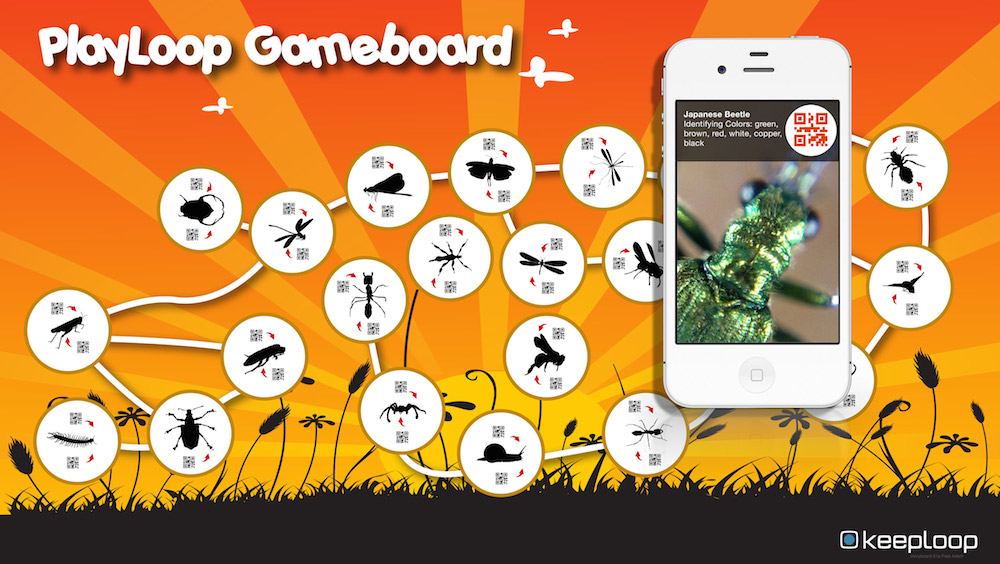Locative Sounds & Walking Cinema
“The real voyage of discovery consists not in seeing new landscapes, but in having new eyes.”
MARCEL PROUST
the module

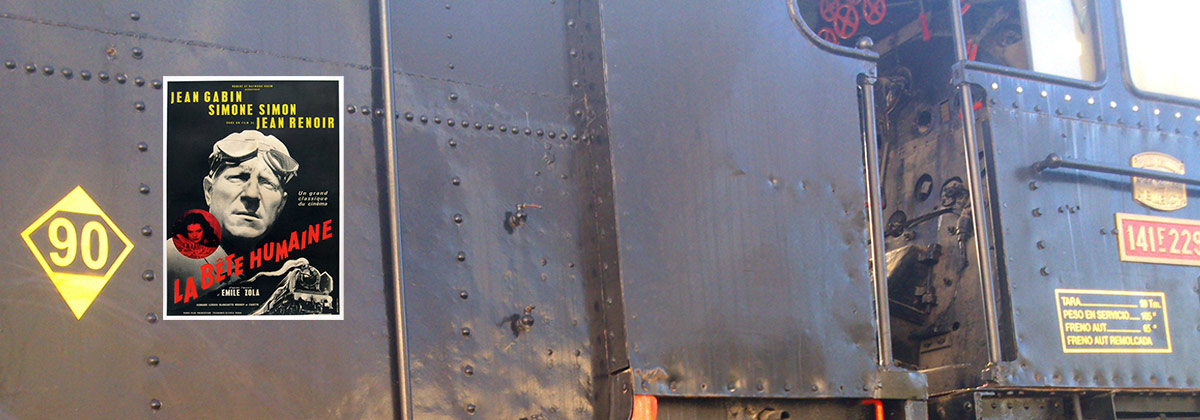
Cinema is a fantastic source of inspiration for the creation of geolocated fictions. The film by Jean Renoir in 1938 "The Human Beast" is an example that we use in the Lab to explain how you can relocate the scenes of this movie near old locomotives still visible on the territory. A very similar train in the Campus of the UPV Valencia Polytechnic University helped us to convey the beauty of the film.
GPSM Lab
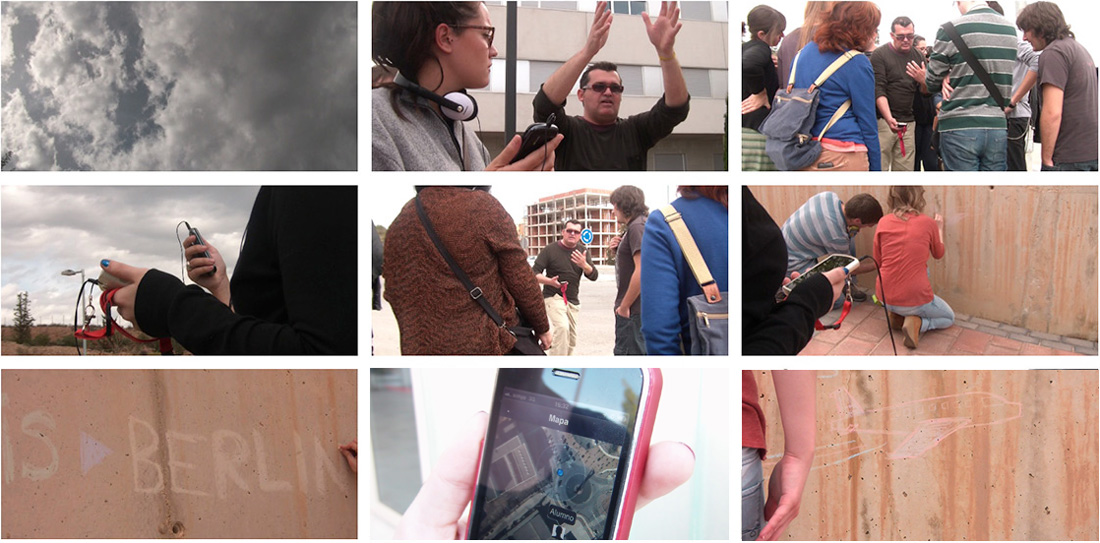
What is Walking Cinema ?

Michael Epstein
Archive
2014

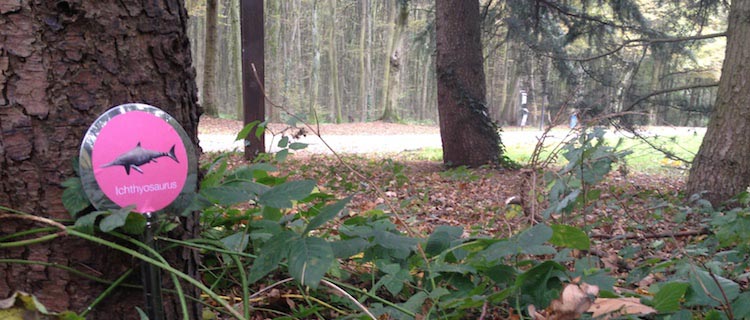
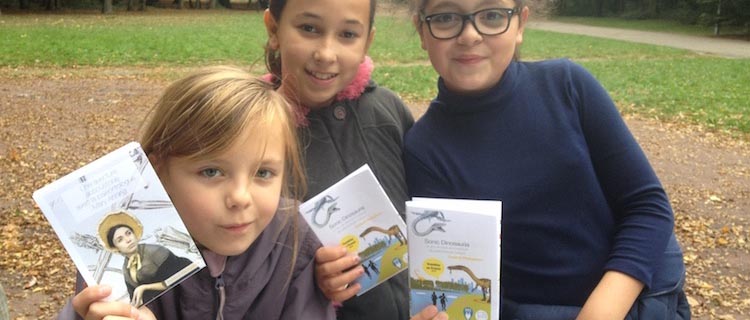
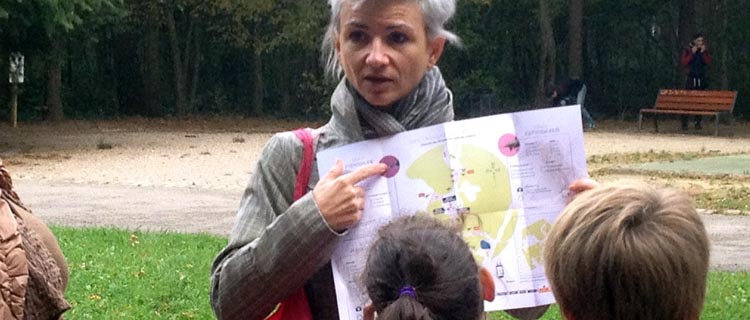
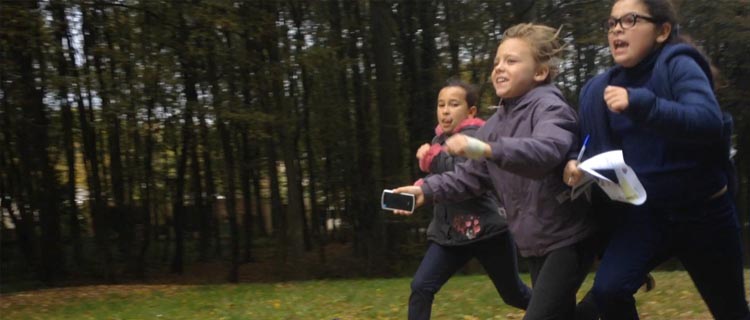

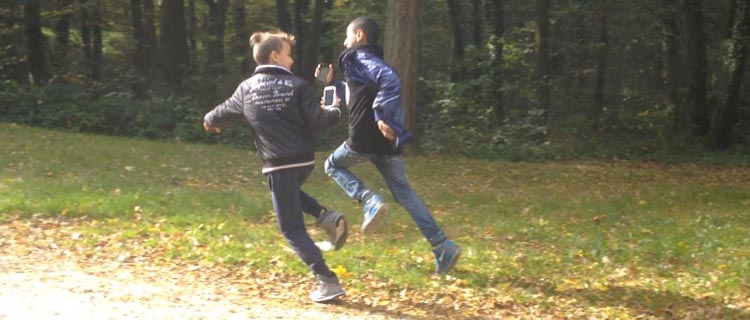
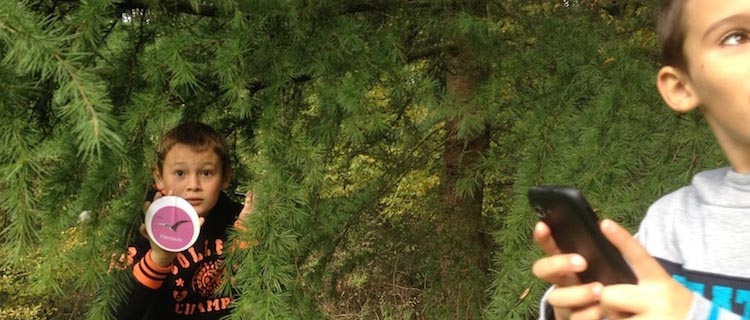
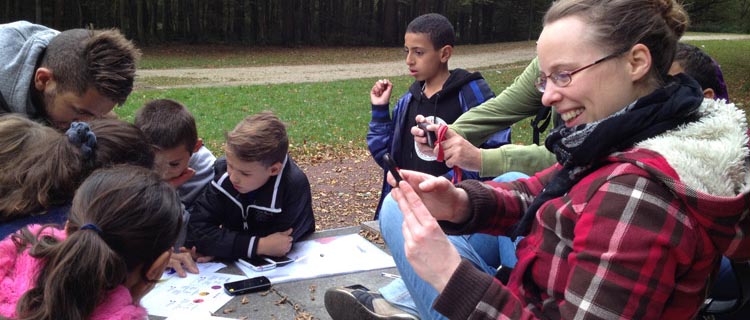
Présentation du jeu
La paléontologue Mary Anning, née en 1799, est une pionnière dans la recherche de fossiles de dinosaures qu’elle a collecté durant toute sa vie le long des côtes anglaises du Devon.
Elle nous accompagne tout au long de ce safari sonore à la recherche des dinosaures qu’elle a découvert. Elle est originaire d’une famille pauvre, elle réalisera seulement un seul voyage hors de son village durant sa vie. De nombreux scientifiques sont venus la rencontrer, ils voulaient voir les fossiles qu’elle avait découvert. C’est au temps du Mésozoïque, il y a 250 millions d’années, que le joueur doit suivre les pistes sonores afin de découvrir à son tour ces fascinantes créatures aujourd’hui disparues.
GPSM Lab
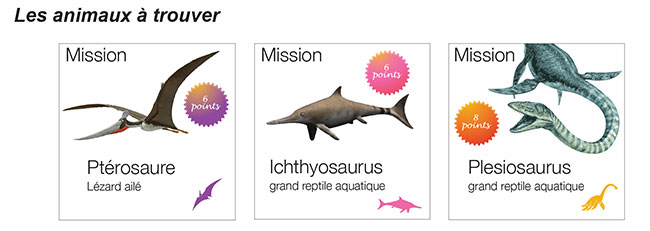
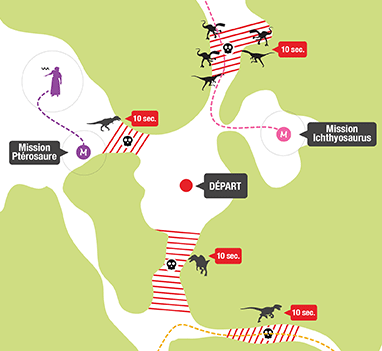
Il s’agit de localiser et photographier 3 fameux dinosaures qui se trouvent dans le parc en découvrant l’histoire de la paléontologue anglaise Mary Anning. Tu dois réaliser plusieurs missions que tu peux commencer dans n’importe quel ordre. Tu devras compléter le questionaire sur chaque animal pour gagner des points. Pars à la rencontre de Mary Anning pour écouter leur histoire et connaître la localisation des dinosaures à photographier.

Les zones infestées de Dinosaures carnivores prêts à te dévorer sont marquées par des zones rouges qui définissent des distances à parcourir très rapidement. Le numéro de la case rouge indique le temps maximum pour traverser. Si tu ne réussis pas à traverser à temps les zones dangereuses tu entendras la fin du compte à rebours avec un signal sonore qui indique une morsure presque fatale. Il te faudra quitter le nombre correspondant de points de vie.

Un paysage sonore pour smartphone est créé avec le logiciel Notours. Les joueurs sont guidés par les sons du Jurassique, le parc se transformant alors en une mystérieuse forêt habitée par les animaux aujourd'hui disparus. La voix de Mary Anning guide les joueurs vers les badges des dinosaures à trouver dissimulés dans la végétation.
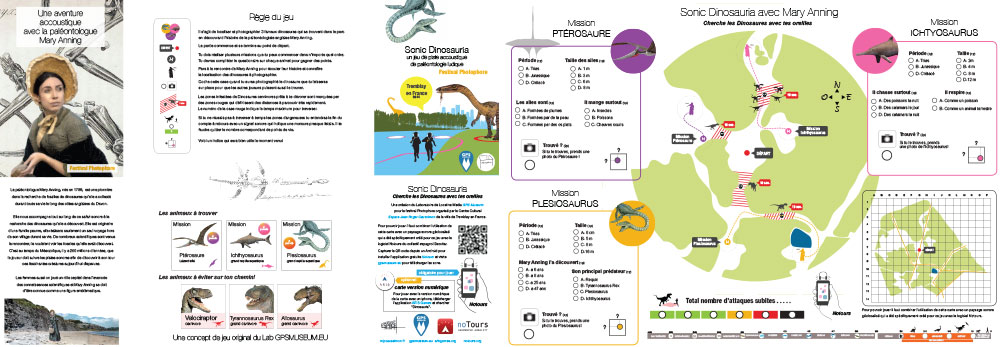
La carte papier du jeu permet de répondre aux questions scientifiques de paléontologie le long des missions et de se repérer spatialement.
Mécanique du jeu, traverser le rayon d’un son géolocalisé en un minimum de temps.
2013

Présentation du jeu
Darwin réalisa un voyage emblématique à bord du Beagle vers les côtes de l'Amérique du Sud en 1839. Il découvrit tout au long de son périple de plus de 5 ans de nombreux indices archéologiques qui lui permettront d'élaborer sa théorie sur l'évolution des espèces. De nombreux ossements de Megatherium, un paresseux Géant aujourd'hui éteint de plus de 5 mètres de haut, sont enfouis dans la zone de jeu. Equipés de smartphones Iphone et Ipad, les joueurs-explorateurs doivent trouver en un temps record un maximum d'ADN de cet animal géant.
GPSM Lab

2011
MICROCOSMOS EXPLORER
with ARIS Games & Keeploop





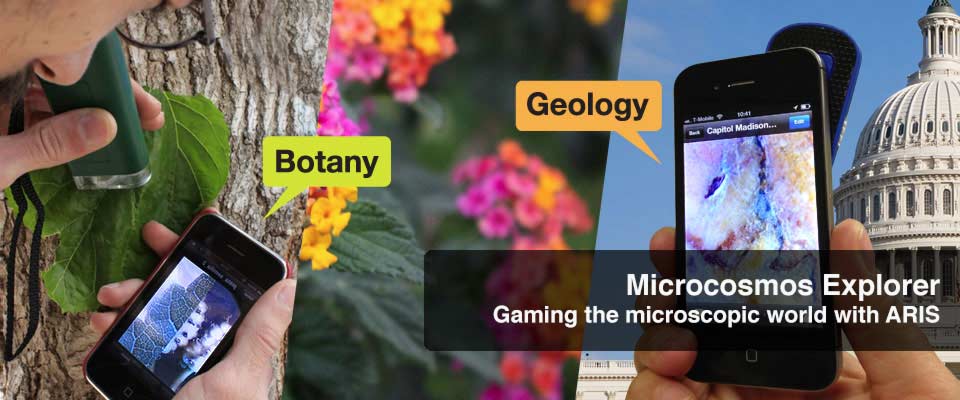
Microcosmos Explorer is a Locative Game where you have to help the french botanist Gaston Bonnier to plant seeds at the right place in a botanic garden. You will have to use a microscope to play with the ARIS Games adventure app.
GPS Museum Lab
Gaming the Microscopic World with Smartphones
Presentation of the game

Small gardens with plants from different geographical areas grow at the University of Murcia, Espinardo Campus. In this game developed on the ARIS platform, three of these gardens are used to play the game: the Eastern Mediterranean, the Rose Garden and the Garden of the Hesperides. These three areas are linked by a greenway, which can be accessed by bike or on foot. The guide for this game is a posthumous avatar of the botanist and educator Gaston Bonnier, who tells us where to find seeds on the campus. Once we get the seeds, we receive instructions for planting them in the most appropriate place. Gaston teaches us to recognize the different flora families on the campus and show us how to improve our perception. He give us microscopic images of plant leaves which we must be matched to their sources to determine the best place to sow our seeds.
GPSM Lab
The game: 1- Catch the seeds lost on the floor by the french botanist Gaston Bonnier 2 - Find the right place to plant the seeds 3- Compare the plants with the digital samples on your smartphone with the help of your microscope.
We use diagrams with micro QR codes, a original concept by Keeploop.
